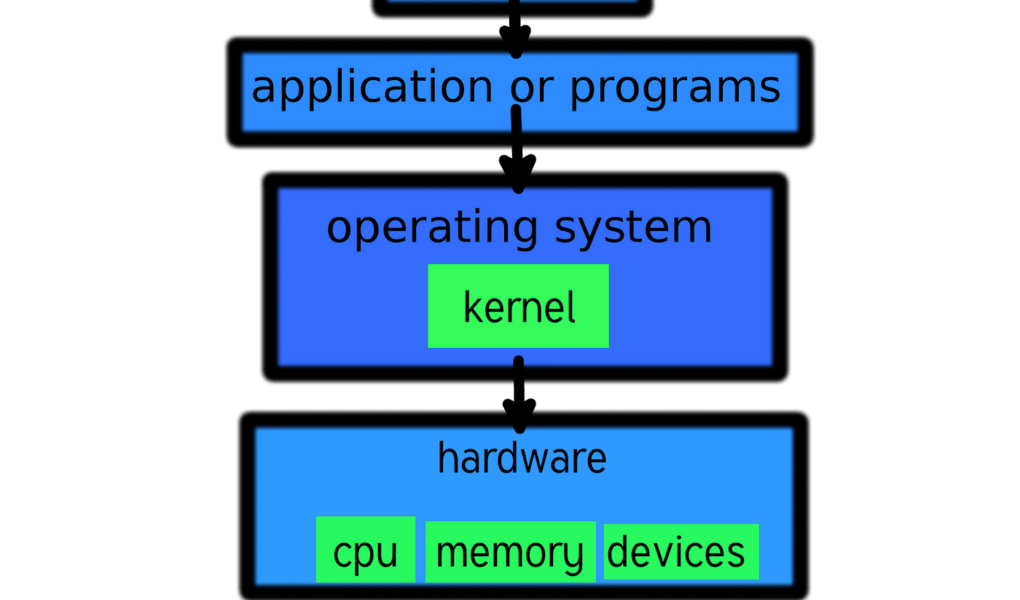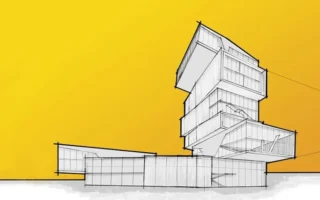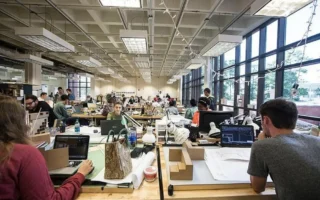Introduction
In the realm of computer architecture, the hardware layer serves as the bedrock upon which the entire system is built. Comprising an intricate network of components, the hardware layer forms the physical foundation that enables computers to process data, execute instructions, and perform a myriad of tasks. In this comprehensive exploration, we will delve into the multifaceted elements that constitute the hardware layer, shedding light on their functions, interactions, and importance in the grand scheme of computing.
1. Central Processing Unit (CPU)
At the core of the hardware layer resides the Central Processing Unit (CPU), often hailed as the brain of the computer. The CPU is responsible for carrying out instructions, performing calculations, and managing the flow of data within the system. It comprises several key components, including:
-
Arithmetic Logic Unit (ALU):
- The ALU executes arithmetic and logical operations, such as addition, subtraction, AND, OR, and NOT operations.
-
Control Unit (CU):
- The CU coordinates the execution of instructions, fetching them from memory, decoding them, and then executing them.
-
Registers:
- Registers are small, high-speed storage units within the CPU used to hold data temporarily during processing.
2. Memory Hierarchy
The memory hierarchy encompasses various types of memory used for storing data and instructions temporarily or permanently. This hierarchy typically includes:
-
Primary Memory:
- Primary memory, also known as main memory, includes Random Access Memory (RAM) and Read-Only Memory (ROM). RAM is volatile memory used for storing data and program instructions temporarily during execution, while ROM stores firmware and system information.
-
Secondary Storage:
- Secondary storage devices, such as hard disk drives (HDDs), solid-state drives (SSDs), and optical discs, provide non-volatile storage for long-term data retention.
3. Input/Output (I/O) Devices
I/O devices facilitate communication between the computer system and external peripherals, enabling users to interact with the machine and exchange data. Common examples of I/O devices include:
-
Keyboards and Mice:
- Input devices used for entering commands and interacting with software applications.
-
Monitors and Displays
- : Output devices used for visualizing data and graphical user interfaces.
-
Printers and Scanners:
- I/O devices used for producing hard copies of documents and digitizing physical content.
-
Network Interfaces:
- I/O devices used for connecting to local area networks (LANs) and the internet, enabling data transmission and communication with remote systems.
4. Motherboard and Expansion Slots
The motherboard serves as the central circuit board of the computer system, providing connectivity and support for various hardware components. It houses the CPU, memory modules, and other essential circuitry, facilitating communication between different hardware elements. Expansion slots on the motherboard allow for the installation of additional hardware components, such as graphics cards, sound cards, and network interface cards (NICs), expanding the functionality and capabilities of the system.
5. Power Supply Unit (PSU)
The Power Supply Unit (PSU) converts alternating current (AC) power from the electrical outlet into direct current (DC) power suitable for powering the computer’s internal components. The PSU delivers stable and reliable power to the CPU, motherboard, and other hardware components, ensuring smooth operation and preventing damage from power fluctuations.
Conclusion
In conclusion, the hardware layer in computer architecture encompasses a diverse array of components, each playing a crucial role in the functionality and performance of computing systems. From the processing power of the CPU to the storage capabilities of memory devices and the connectivity provided by I/O devices, every element of the hardware layer contributes to the overall operation and capabilities of the computer. Understanding the intricacies of the hardware layer is essential for engineers, developers, and enthusiasts alike, as it provides the foundation upon which digital innovation and advancement are built.




